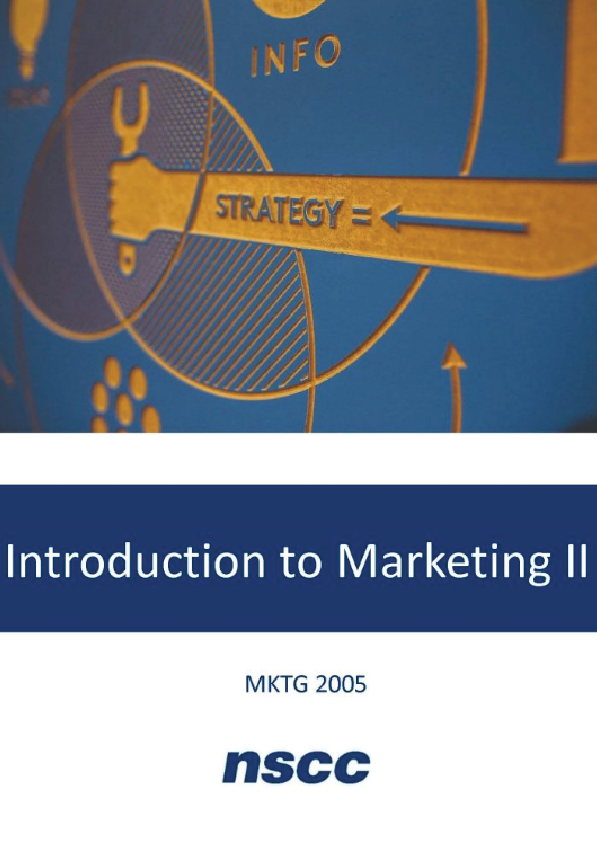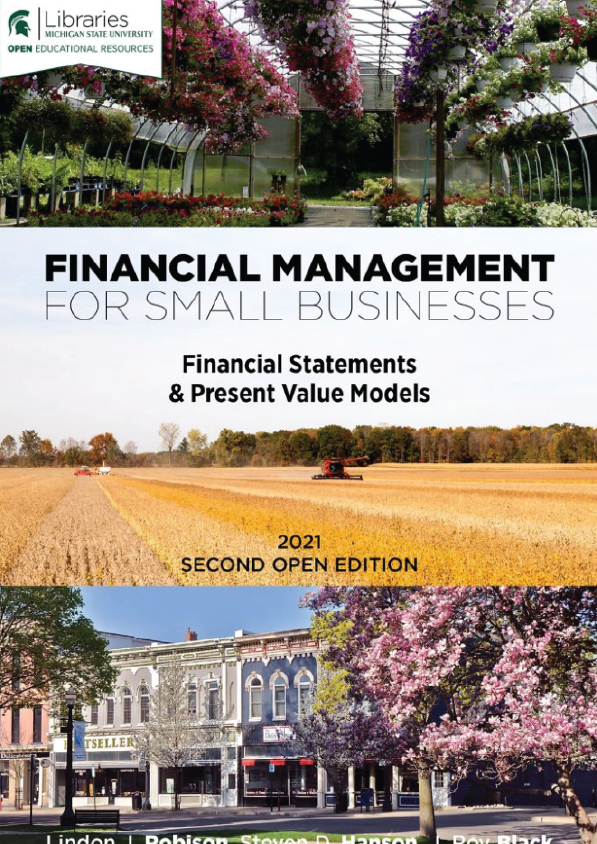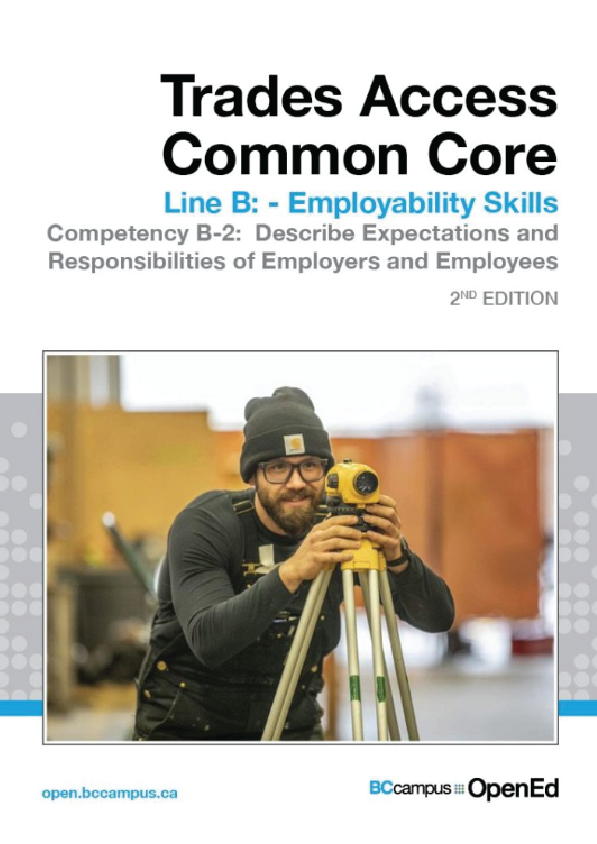The Power of Brand
Brands are images that exist in your mind–and in the minds of other consumers–about the things around you: products, services, places, companies, people, entertainment, and so on. In a modern world that offers many choices, brands help simplify the decisions you make about what to buy, where to go, and how to spend your time.
Brands are powerful. When you explain why a brand is your favourite, you probably identify some of the traits or features of its products or services that explain rationally what makes it better than others. But rational explanations are just part of the story. Strong brands are powerful because they also tap into emotions. They make you feel a certain way, and that feeling is hard for any other brand to replicate—let alone replace.
Brands can cause people to spend more money on a product than they would otherwise. Brands can create a sense of loyalty and even lock-in—that haloed point where a tribe of dedicated fans always chooses one company’s product or services over another.
So how do they do it? What’s happening in marketing departments to create these powerful, emotional assets called brands?
Marketers use these tools and many others to create the total experience with a product, service, or company that turns it into an actual “brand.” In this module, you’ll learn how a brand starts and discover what it takes to coordinate all the different parts of the unique brand.
The Paradox of Brand
Although organizations take all kinds of measures to create and build brands, in fact, the brand isn’t just what the company says it is. In the end, the brand is what customers believe it is, as the following quote explains:
Companies can do a lot to create and build brands, but the net impact and value is what happens inside the mind of the consumer. The supreme challenge of brand is to make your vision of your brand the same thing other people experience and believe about your brand.
Don Draper of Mad Men captures (in the antiquated context of the 1950’s) the difference of a good brand experience and how it can create a feeling.
If you walk through a parking lot at school, work, or the local mall, chances are good that you could identify all the car brands just by looking at hood emblems. When you spot someone with a “swoosh” on her T-shirt, you probably already know she’s wearing Nike-brand apparel without even asking. How is it possible to know so much just by looking at an image or a shape? The answer is branding!
These familiar symbols are the tangible marks of branding in our everyday lives. But brands are much more than just logos and names. Brands also encompass everything else that contributes to your perception of that brand and what it represents.
What Is a Brand?
As we start our exploration of brand and its role in marketing, take a few minutes to watch the following video about Coca-Cola, which is perhaps one of the most iconic brands of all time. As you watch this video, look and listen for the all the different elements that contribute to the thing we call a “brand.”











